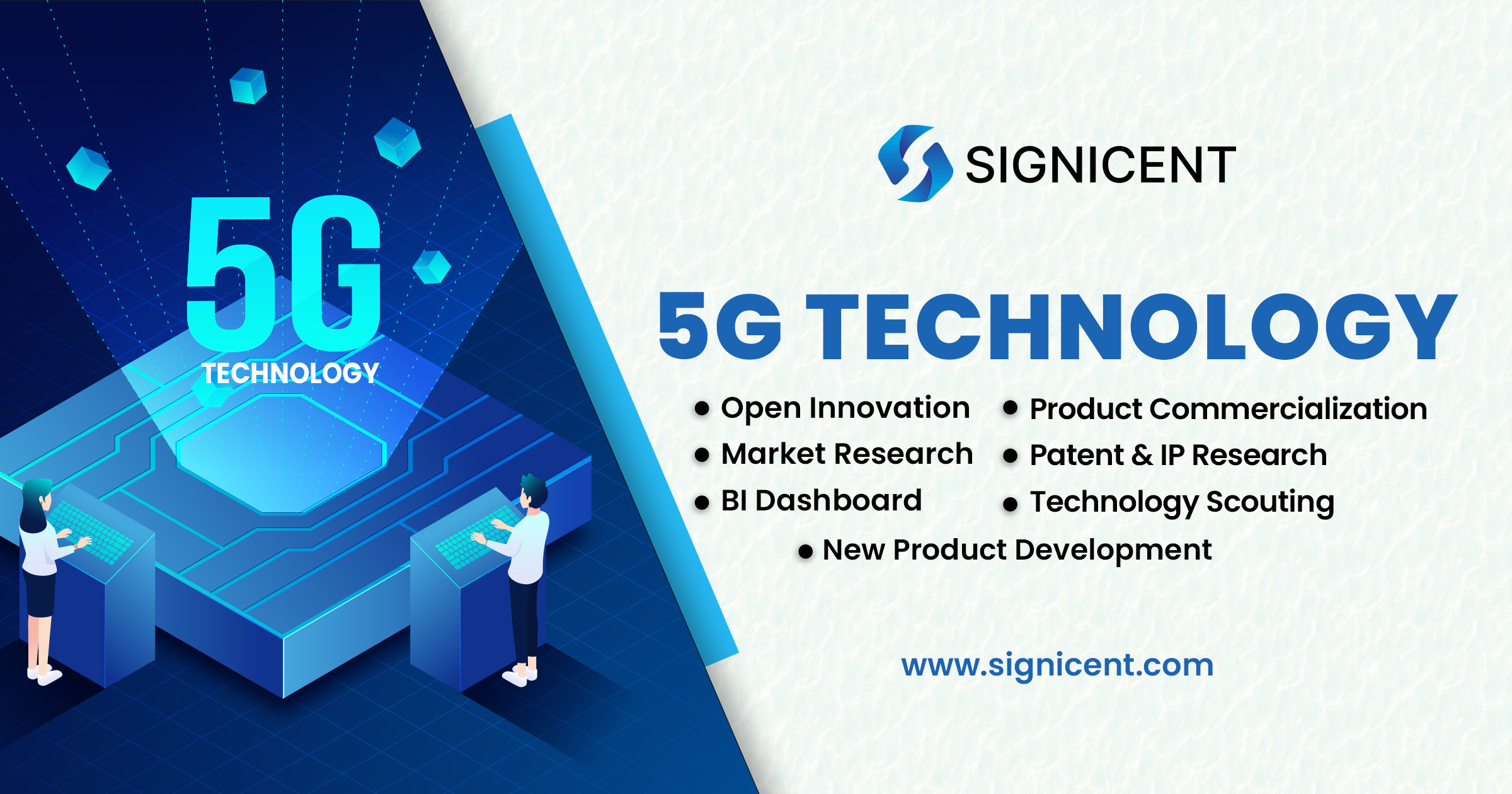7 Trends Daily
Stay updated with the latest insights and trends across various sectors.
5G or Not 5G: The Race for a Faster Future
Discover the thrilling race for faster connectivity! Is 5G the future or just hype? Uncover the truth in our latest blog post!
Understanding the Benefits of 5G Technology: What You Need to Know
5G technology is set to revolutionize the way we connect and communicate, providing a significant upgrade over its predecessor, 4G. One of the most notable benefits of 5G is its incredibly high data transfer speeds, which can reach up to 10 Gbps. This allows for near-instantaneous download and upload of data, making activities such as streaming high-definition video, playing online games, and downloading large files faster and more efficient. Additionally, 5G networks can handle a larger number of devices simultaneously, which is essential for our increasingly connected world. For more information, visit Verizon's overview of 5G technology.
Another critical advantage of 5G technology is its low latency, which is the time it takes for data to travel from one point to another. With latencies as low as 1 millisecond, 5G is ideal for applications that require real-time responses, such as autonomous vehicles and remote surgeries. Furthermore, the deployment of 5G can stimulate economic growth by enabling new industries and services, advancing innovations in sectors like healthcare, education, and smart cities. To explore the economic impact of 5G, check out McKinsey's insights.

5G vs. 4G: How Much Faster Is the New Technology?
The advent of 5G technology marks a significant leap forward in mobile telecommunications, offering speeds that can reach up to 10 Gbps under optimal conditions. This advancement in speed is approximately 100 times faster than what 4G LTE can provide, which typically averages around 10 to 100 Mbps. The enhanced speed enables functionalities such as ultra-reliable low-latency communication and supports a vast number of devices connected simultaneously, paving the way for innovations in areas like the Internet of Things (IoT) and smart cities.
Beyond just speed, 5G also boasts improvements in latency, which is crucial for applications that require real-time feedback such as online gaming and autonomous driving. The latency in 5G networks can be as low as 1 millisecond, compared to 4G's average of 30 to 50 milliseconds. This dramatic reduction facilitates immediate response times, crucial for applications where every millisecond counts. As the rollout of 5G continues, users can expect to experience a new era of connectivity that transforms both personal and professional realms.
Is 5G Safe? Addressing Health Concerns and Myths
The emergence of 5G technology has sparked numerous discussions regarding its safety and potential health impacts. Many individuals are concerned about the possible effects of electromagnetic fields (EMFs) emitted by 5G networks. However, reputable organizations such as the World Health Organization (WHO) and the Federal Communications Commission (FCC) have stated that the current evidence does not support claims of health risks associated with 5G exposure. These organizations emphasize that 5G operates within safety limits set by international guidelines, ensuring that the technology remains safe for public use.
Despite the scientific consensus, myths surrounding 5G safety continue to circulate, leading to public concern and misinformation. For instance, some people believe that 5G networks could increase cancer risks or contribute to other health issues. However, a comprehensive review of available studies published by peer-reviewed journals supports the view that there is no substantial evidence connecting 5G technology with adverse health effects. It is essential to address these fears with facts and guide the public towards reliable resources to better understand the safety of 5G.